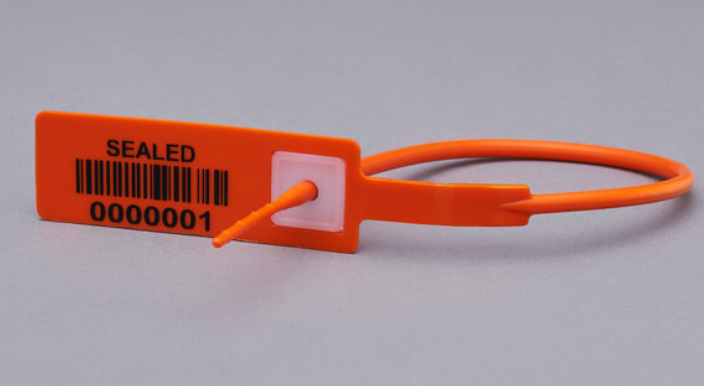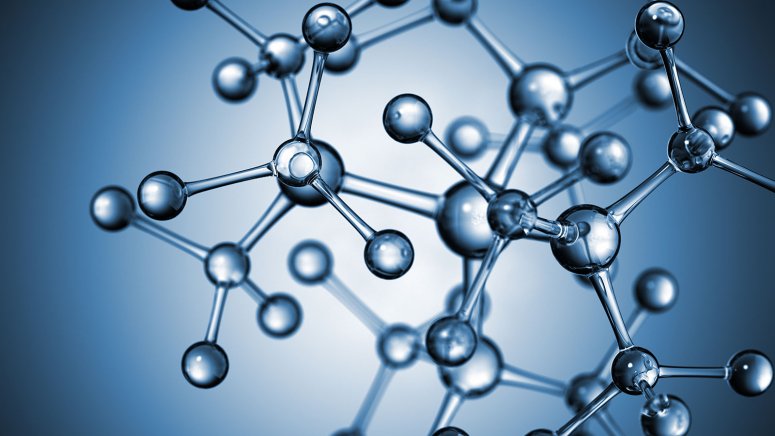Due to their lightness, corrosion resistance, ease of processing, and economy, polymers are used in many areas of our daily lives, including engineering applications. Thanks to their mechanical, electrical, magnetic and optical properties polymers replace other materials in a variety of applications, especially in the energy storage, aerospace, defence and automotive sectors.
Polymers are preferred in the production of security seals due to their resistance to extreme temperatures, and their impact and abrasion resistance. Security seals produced from polymers are light, inexpensive, easily produced, and display excellent chemical resistance and high mechanical properties, as well as easy workability.
Polypropylene
Polypropylene (PP) is one of the most widely used thermoplastics in the world. It is a solid, semi-crystalline thermoplastic that was first polymerized in 1951, and is widely used today in a variety of domestic and industrial applications. In 2022 global demand for polypropylene is estimated to be around 127 metric tons and this figure continues to grow exponentially.

Figure 1: Polypropylene structure
To summarize, polypropylene
• is readily available and is relatively inexpensive.
• has high bending strength due to its semi-crystalline structure.
• has a relatively slippery surface.
• is highly resistant to moisture absorption.
• has excellent abrasion resistance.
• is resistant to atmospheric conditions.
• can be combined with welding.
• is suitable for food contact.
• has good chemical resistance.
• has good fatigue resistance.
• has good impact resistance.
• is a good electrical insulator.
Table 1: General properties of polypropylene
| Property | Value |
| Technical Name | Polypropylene (PP) |
| Chemical Formula | (C3H6)n |
| Resin Identification Code | |
| Melt Temperature | 130°C (266°F) |
| Typical Injection Mold Temperature | 32 – 66 °C (90 – 150 °F) |
| Heat Deflection Temperature (HDT) | 100 °C (212 °F) at 0.46 MPa (66 PSI) |
| Tensile Strength | 32 MPa (4700 PSI) |
| Flexural Strength | 41 MPa (6000 PSI) |
| Density | 0.91g/cm3 |
| Shrink Rate | 1.5- 2.0 % (.015- .02 in/in) |
Usage areas
It is frequently used in medical applications and laboratory materials because it is resistant to mould and bacteria and does not release toxic substances in use.
Figure 2: PP sample bottle
It is highly resistant to chemical corrosion, making it an excellent choice for both cleaning and first aid products. Since polypropylene also has high insulation properties, it is used extensively in electrical appliances and cables.
Polypropylene can be produced as opaque or transparent and can be easily coloured. It is waterproof and safe for food contact. Therefore, the use of polypropylene in the packaging industry is extensive.
Its semi-crystalline structure also offers high bending strength, making it resistant to general wear and tear, making it ideal for products that are subjected to higher levels of physical stress.
Polypropylene is the most used polymer in the production of security seals due to its low moisture absorption, chemical resistance, good impact resistance, abrasion resistance and food contact compatibility.
Figure 3: Security seals made of polypropylene

Why is polypropylene used so extensively?
Polypropylene is used in both household and industrial applications. Its unique properties and ability to adapt to various manufacturing techniques make it an invaluable material for a wide variety of uses. Furthermore, polypropylene has a distinct advantage over other materials polymers, such as polyketone, in that polypropylene can processed by virtually all processing methods, the most common of which are: injection moulding, extrusion, blow moulding, and general-purpose extrusion. This means that it soon begins to challenge many of the old alternative materials, especially in the packaging, fibre, and injection moulding industries. Thanks to these many advantages, it continues to be one of the most used polymers worldwide, and to continues to find new applications.
REFERENCES
[1]-https://adrecoplastics.co.uk/polypropylene-uses/
[2]-https://www.creativemechanisms.com/blog/all-about-polypropylene-pp-plastic

